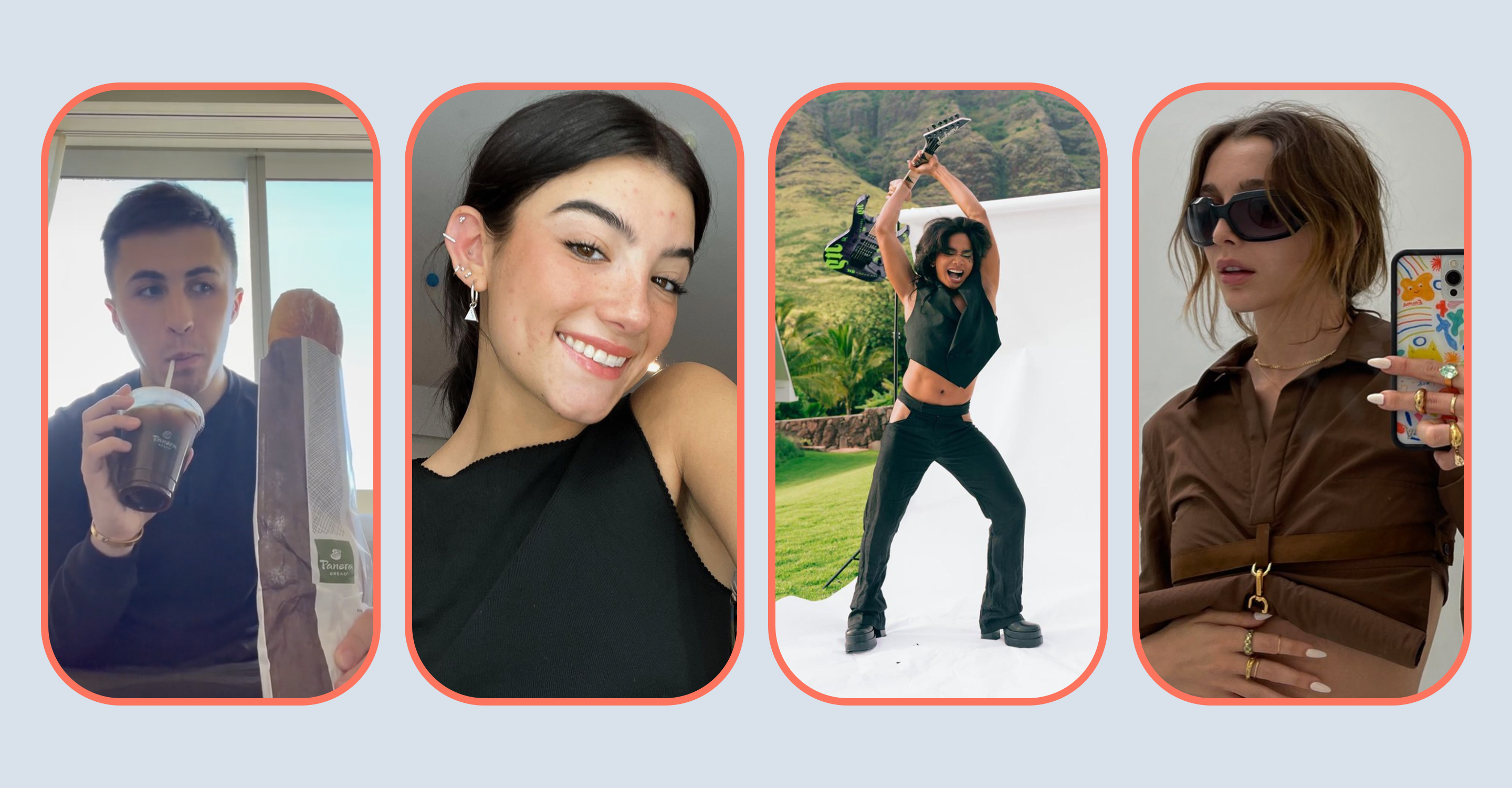Putting an influencer campaign in the hands of a group of 9 to 24 year olds might sound absolutely outlandish. But that cohort is technically defined as Gen Z and more and more clients are letting these young influencers translate a brief in their own way, adapting it not only to their creation style but also in a way that feels totally honest and unfiltered. Because Gen Z is undoubtedly defining influencer marketing at the moment.
Of course it’s leading to the creation of campaigns that look a lot different than the original ideas that were drafted up in the boardroom. But in the best case scenarios, it results in TikToks like this one from Chris Olsen where he shows off his kinda weird Panera Bread order (a whole baguette and a black iced coffee) and shares details on how to win a sweepstakes from the fast casual eatery, all in a way that feels like the viewer is on FaceTime with their bestie. Panera Bread, a Social Studies client, likes partnering with Chris because he puts his own spin on straightforward content, turning a promo for a giveaway into a TikTok that people actually enjoy watching and interacting with – the video currently has 150K likes – almost without realizing it’s an ad.
Brands are now gravitating towards Gen Z clients like Olsen, who have built their brand on an authentic personality, all while gathering an audience that’s willing to listen to nearly anything they say.
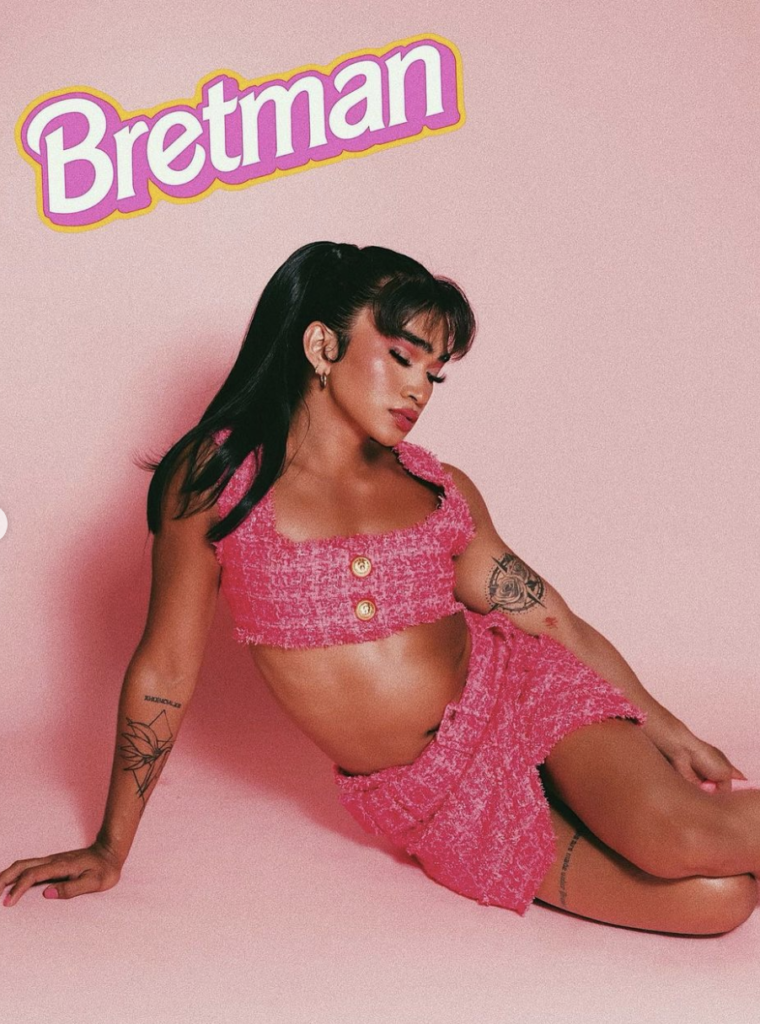
Take Bretman Rock, for example. This beloved Hawaii-based 20-something turned his beauty blogging career into a full-fledged content creation machine, due a never ending string of silly antics and few regular series (loyal followers can recite his go-to intro: Singer, songwriter, actor, actress, athlete, activist, a scientist on the motherfucking side, the star of the crystal of the dayayayyayaayy, and a coconut water connoisseur).
Since blowing up for his unapologetic quirks, Bretman has landed an MTV show, multiple brand campaigns for the likes of Crocs and HP and a speaking role as the voice of Makeup Boy in the animated series The Proud Family: Louder and Prouder.
The Gen Z embrace of showing real life on social has led to the death of the flatlay—which we can all agree is a good thing. No longer interested in portraying a perfectly lit product on a gorgeous backdrop, these young creators are more about showing off an unfiltered image that feels real. Sometimes they don’t even put a stitch of makeup on to shoot a campaign, à la Maddie Ziegler for Fabletics on International Women’s Day. In traditional advertising that would come off to a marketing team as low effort or just plain ridiculous, but it feels relatable and almost more likable, especially on a heavily promoted holiday like IWD.
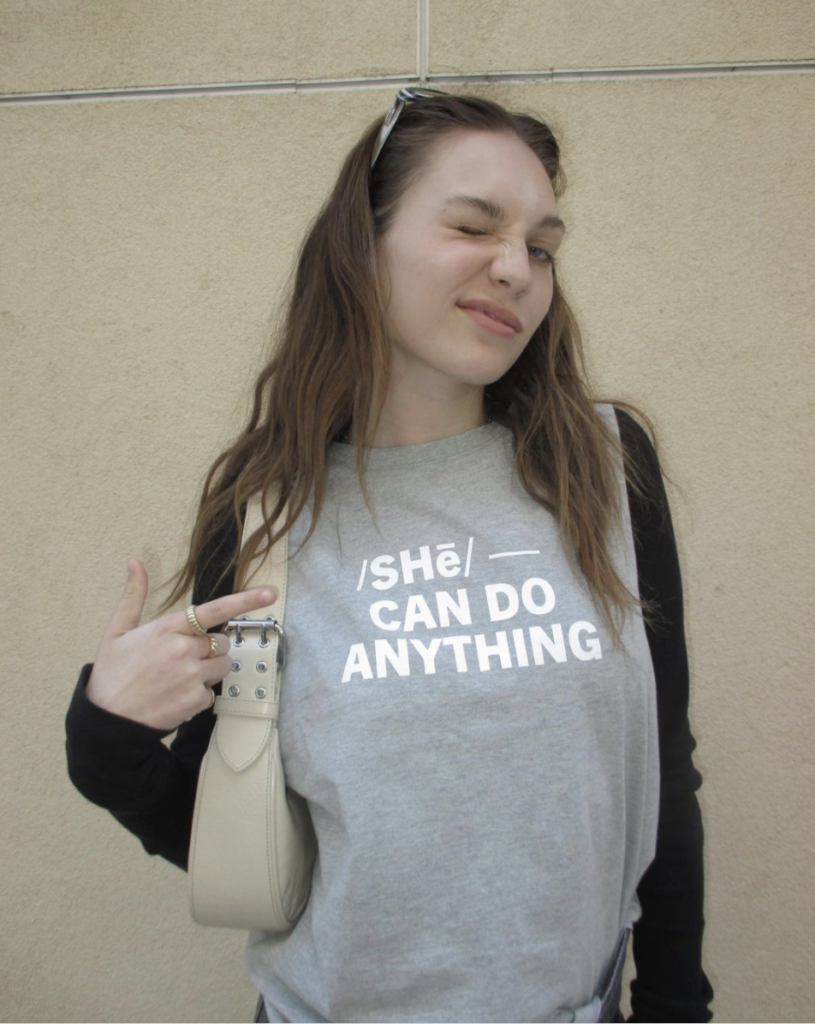
Maddie Ziegler / @maddieziegler 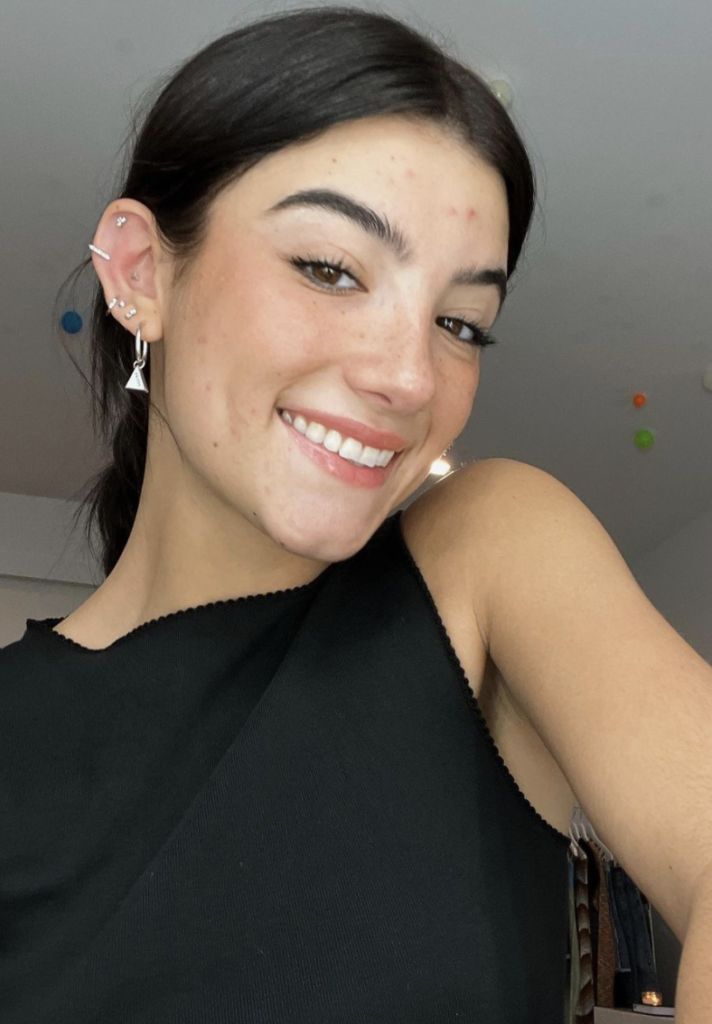
Charli D’Amelio / @charlidamelio
Airbrushing is so 2015 but Charli D’Amelio showing off her acne—or her newest pimple patch—is way more of the moment. It’s a major departure from the heavily Facetuned Instas shared by the likes of the Kardashians but it’s still pretty lucrative. Charli and her sister Dixie collaborated with Morphe in 2021 on a natural focused beauty line called Morphe 2, designed to let your real skin show through. Even Addison Rae, friend of the Kardashian and founder of her own clean makeup line Item Beauty, isn’t afraid to show off what her acne scarred skin looks like before concealers and foundation.
The authentic, unfiltered approach goes much deeper than just makeup and skincare trends; it’s also influencing the actual place where content is being created. This might feel like a holdover from the pandemic but shoots that take place at home have been totally normalized. And no room is off limits…not even the bathroom. If there’s an unapologetically messy medicine cabinet in the frame? No sweat. This “come on into my home” aesthetic is found pretty regularly on TikTok, where it’s encouraged to just create videos and hit post mere moments after filming, sans much editing at all.
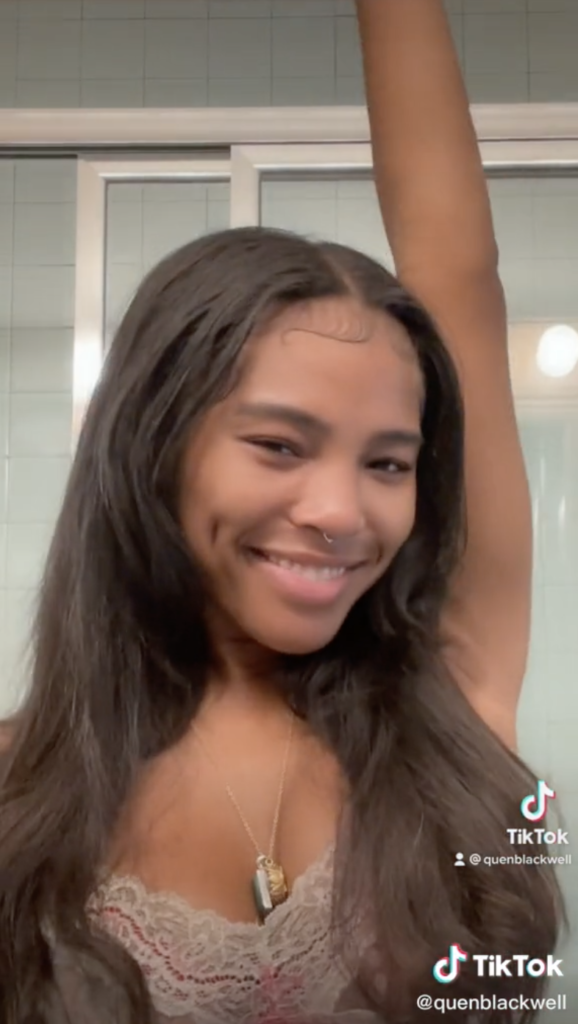
Quen Blackwell did just that on TikTok to show how she applies just Clinique mascara on days when she wants more of a natural glam look. She finished off the video by washing off the mascara with a bit of cleanser. Straight forward, no frills and shot in (what seems like mere minutes) in her bathroom.
But Gen Z creators wouldn’t be real or authentic if they didn’t share the struggles that happen outside of the frame—especially when it comes to mental health. They are, after all, putting their entire lives up for scrutiny online. So it’s only fair that they open up about the hardships that come with that. It explains why YouTuber Emma Chamberlain hasn’t put out a new video since December 2021. As she explained on an episode of the “Call Her Daddy” podcast, after years and years of putting pressure on herself to consistently churn out content on a near daily basis, Emma just needed a damn break!
The mental health of young internet stars also happened to be a major storyline behind The D’Amelio Show on Hulu. Both Charli and Dixie broke down on camera throughout the series, crying about the comments they received or spiraling into anxiety over the way they thought they were being perceived. The pressure went so far as to affect their parents and required both of the D’Amelio teens to step back from some of their priorities in order to focus on their health.
It’s an important topic to discuss but it doesn’t have to be all tears and breakdowns. After all, that’s not a realistic picture of taking care of your mental health. What about the mundane parts on the not-so-hard days? Those feel relatable too and we love it when Chris Olsen takes us along for a therapy session with him, where his therapist (rightly) calls him out and keeps him accountable.
Gen Z really does have the power to create change in this space – just think about how taboo it was to talk about mental health a few years go. With their easy embrace of taboo topics or eschewing filters for imperfect skin, you can’t deny that this generation is making some welcome – and necessary – changes when it comes to online content creation.
Let’s Talk